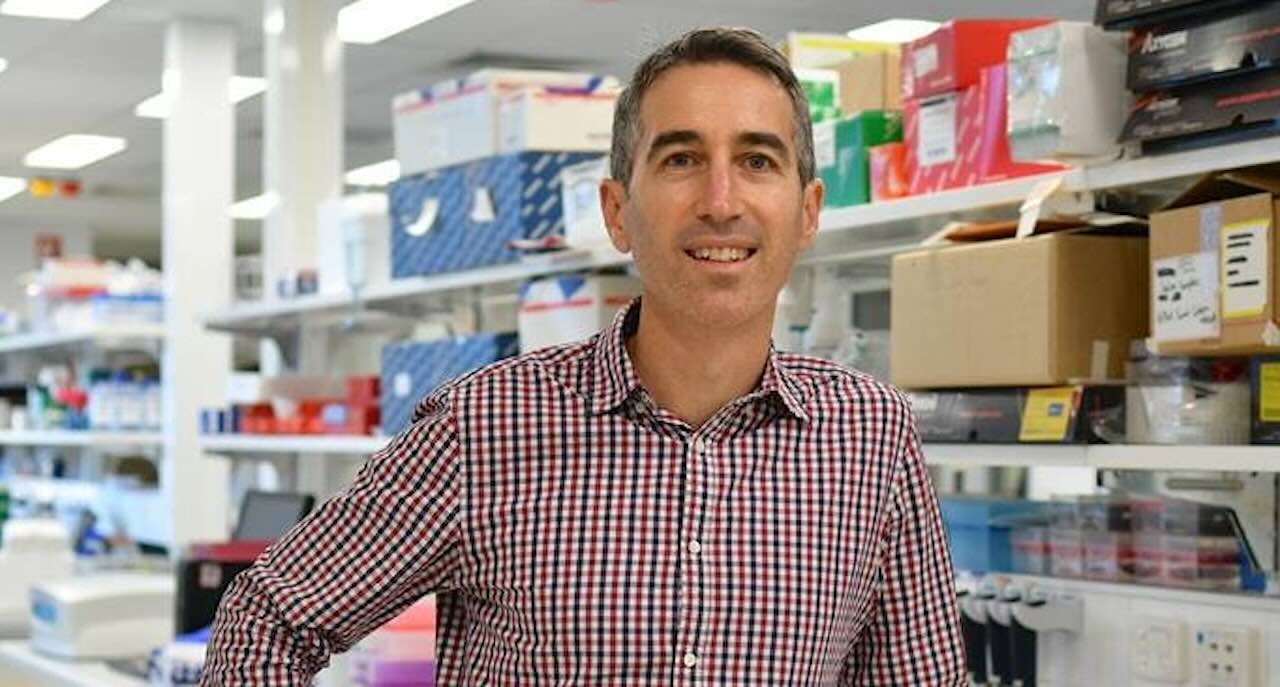
Prostate cancer treatment could be “supercharged” by a new way of weakening malignant cells, say scientists.
A new “vulnerability” in prostate cancer cells that could improve treatment for the second most common cancer in men worldwide (second only to skin cancer) was discovered by an international team of researchers.
They found that two enzymes – PDIA1 and PDIA5 – play a crucial role in helping prostate cancer cells to grow, survive, and resist treatment. They act as “molecular bodyguards” for the androgen receptor (AR), which is a protein that fuels the cancer.
When PDIA1 and PDIA5 are blocked, the AR becomes unstable and breaks down, leading to the death of the cancer cells and tumor shrinkage in both lab-grown cells and animal models.
The researchers also found that combining drugs that block PDIA1 and PDIA5 with enzalutamide – a widely used prostate cancer medication – significantly boosted the treatment’s effectiveness.
“This is an exciting step forward,” said Professor Jianling Xie, the lead author of the study.
Although treatments such as hormone therapy and AR-targeting drugs have helped many prostate cancer patients, resistance to the therapies is a major challenge. The new discovery could help overcome that hurdle and improve the survival chances of men with advanced prostate cancer, say scientists.
MORE BREAKTHROUGHS: Scientists Discover Simple Supplement That Causes Prostate Cancer Cells To Self-Destruct
“We’ve discovered a previously unknown mechanism that prostate cancer cells use to protect the androgen receptor, which is a key driver of the disease,” said study senior author Professor Luke Selth, of Flinders University in Australia.
“By targeting these enzymes, we can destabilize the AR and make tumors more vulnerable to existing therapies like enzalutamide.”
Dr. Xie, who started the research whilst at Flinders University, says that the combination therapy worked well in patient-derived tumor samples, and in mice, suggesting “strong potential” for future clinical trials.
“Our findings show that PDIA1 and PDIA5 are not just helpers of cancer growth but they’re also promising targets for new treatments that could work alongside existing drugs.”
The study, published last week in the journal Proceedings of the National Academy of Sciences (PNAS), also found that PDIA1 and PDIA5 also help cancer cells manage stress and maintain energy production—and blocking them causes damage to the cells’ mitochondria – the parts of the cell that generate energy – and leads to oxidative stress, which further weakens the cancer.
“It’s like cutting off both the fuel and the engine at the same time,” said Xie.
“This dual impact of hitting both the AR and the cancer’s energy supply makes these enzymes especially attractive targets.”
LEARN MORE: New Way of Treating Aggressive Prostate Cancer Shows ‘Promise’ in Cedars-Sinai Phase III Clinical trial
Prof. Selth cautioned that more work is needed to make sure treatments are safe and effective for use in patients.


Leave a Reply